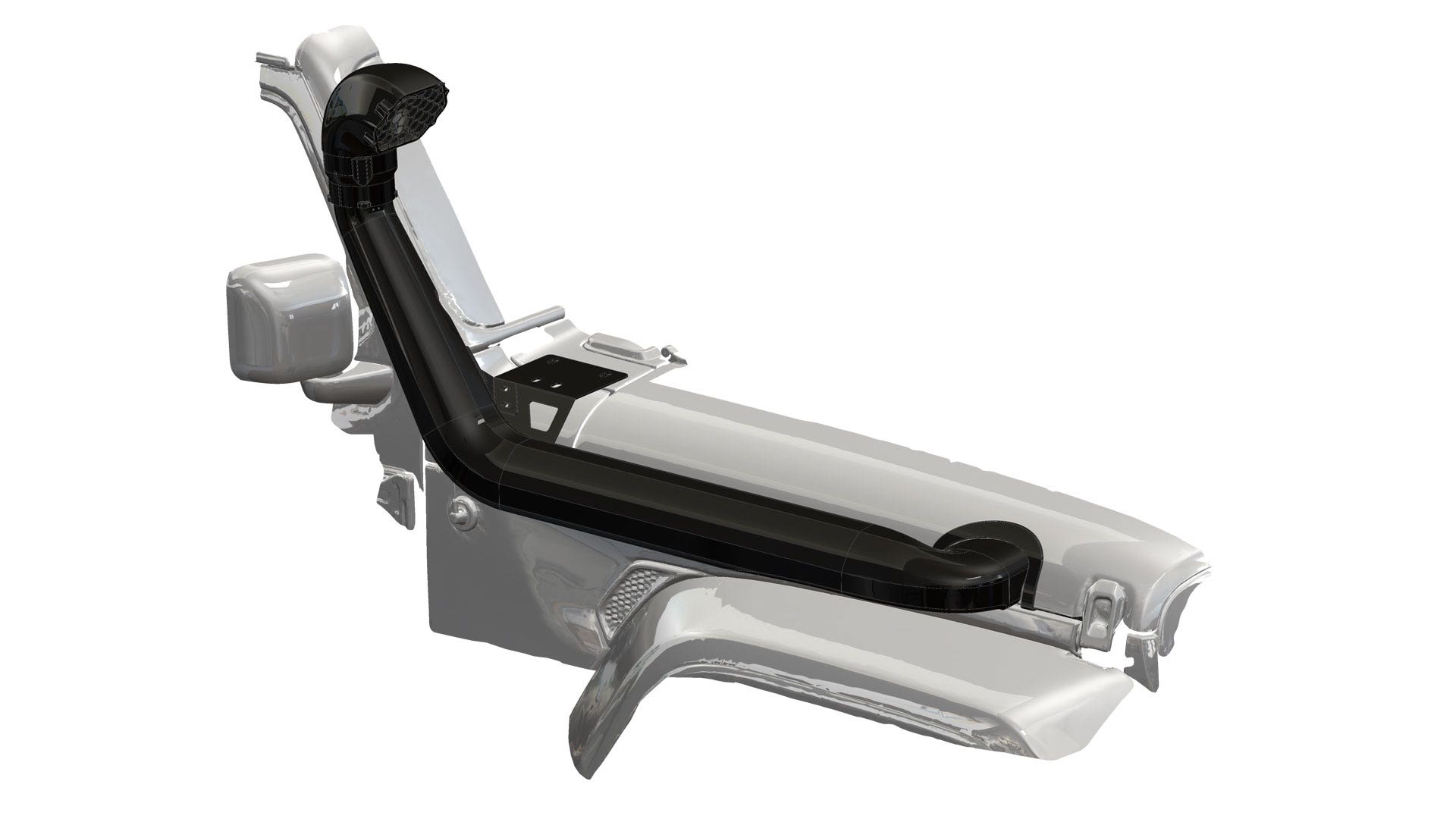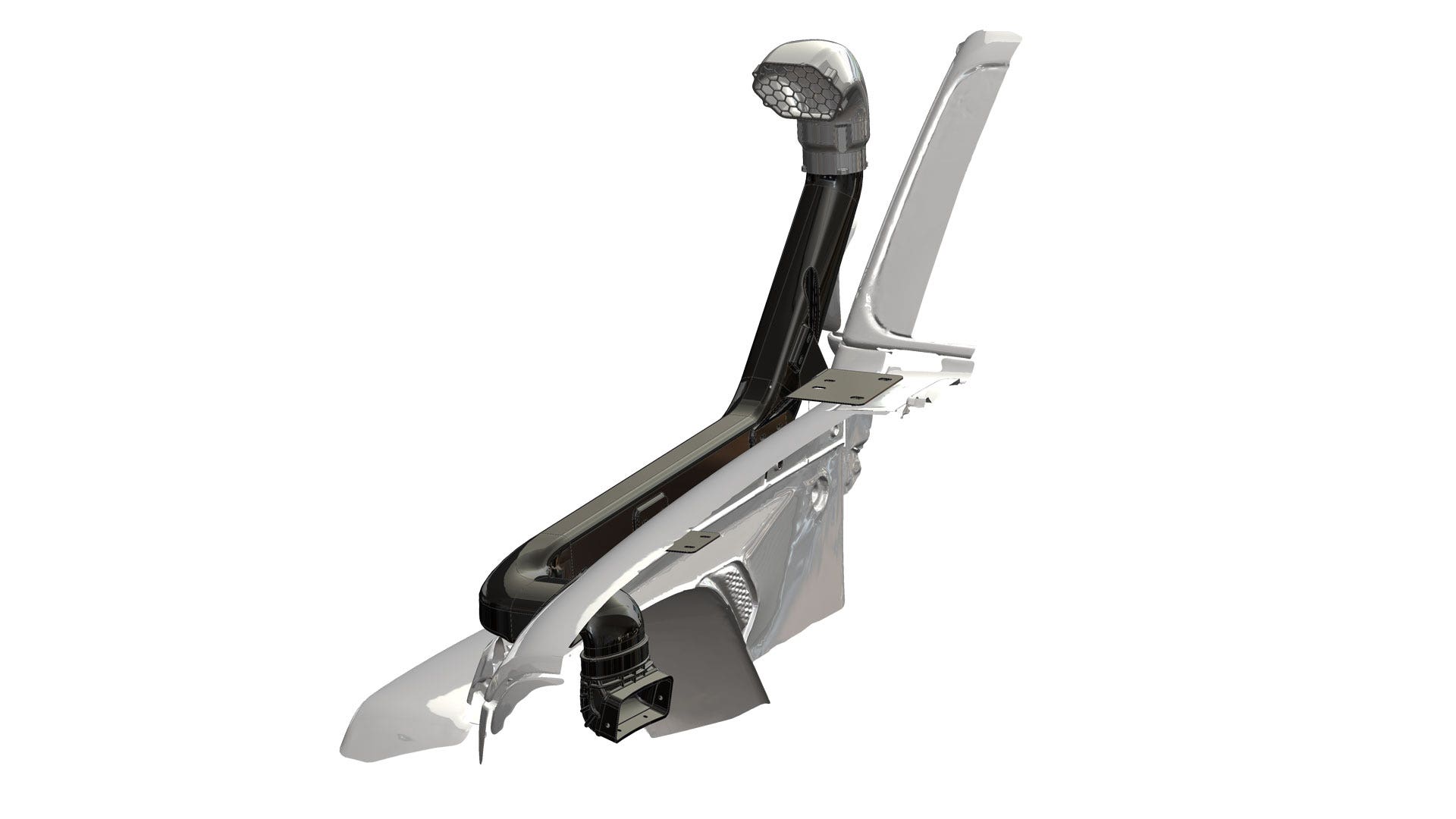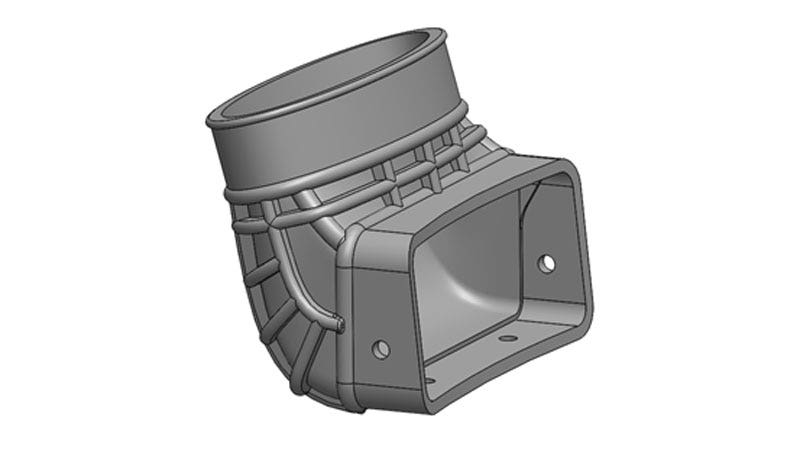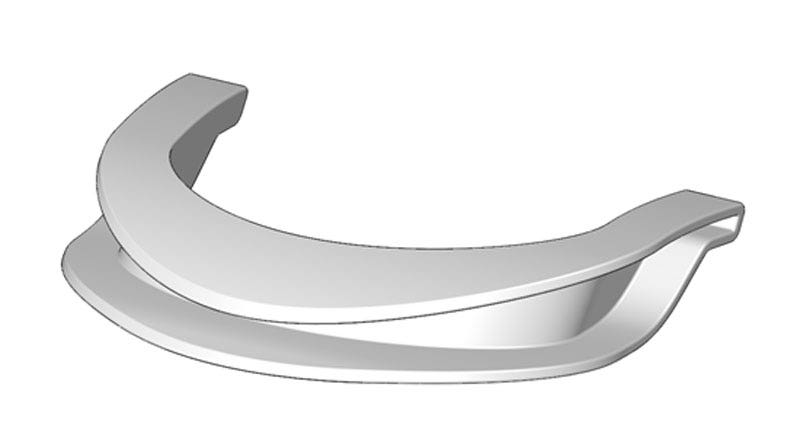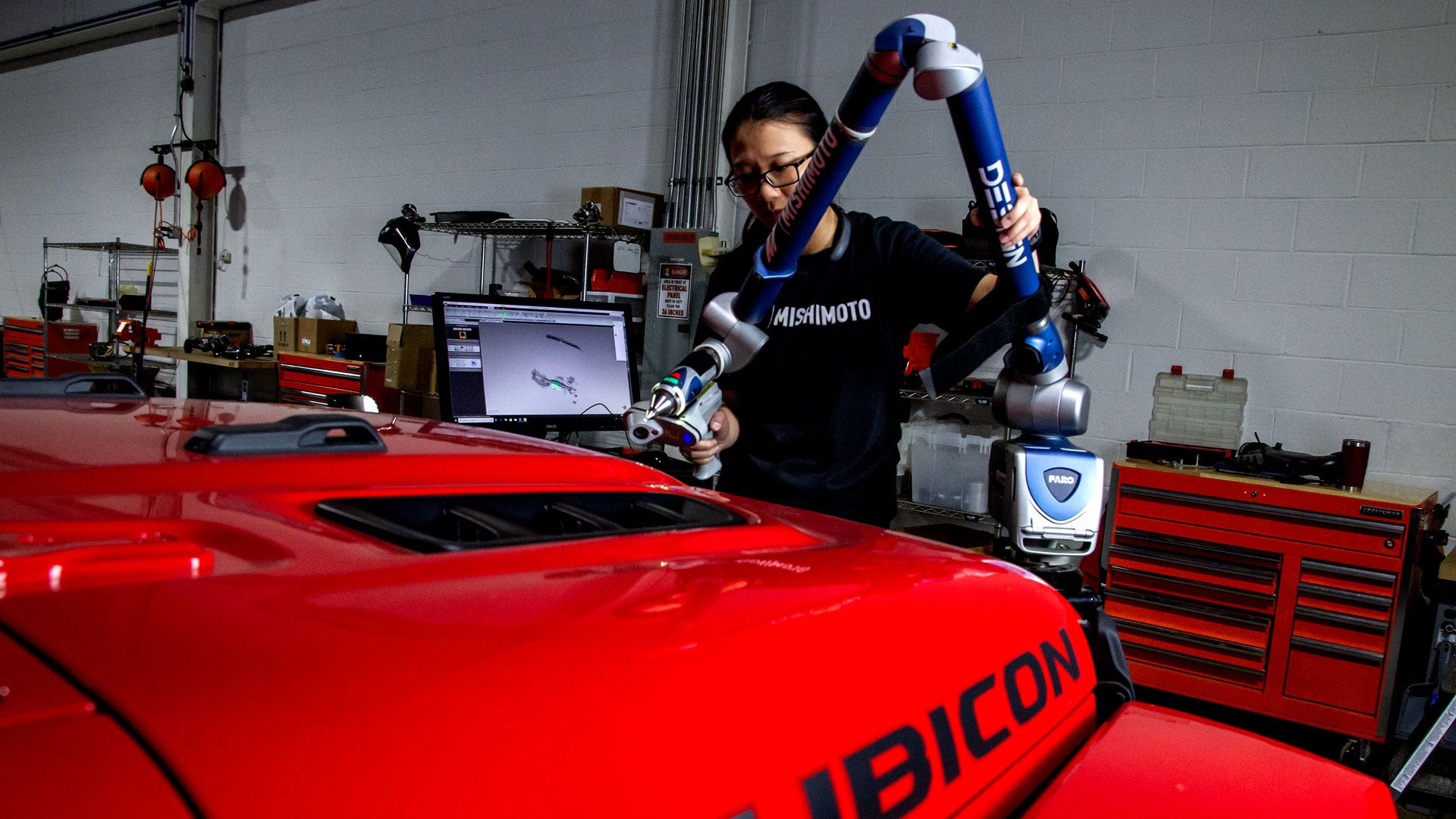
Youth Elevated - Snorkel R&D, Part 2: Design
When we were kids, we had Legos, Erector sets, Lincoln Logs, and K'NEX to satisfy our need to tinker. But as we've grown, so have our toys. Modifying cars and trucks is the adult (ish) version of our childhood pastimes, and vehicles like the 2018+ JL Wrangler are as close to Legos as you can get. The latest brick in our JL Wrangler build is a snorkel to help keep the intake clean while you're reconnecting with your youth on the trail.
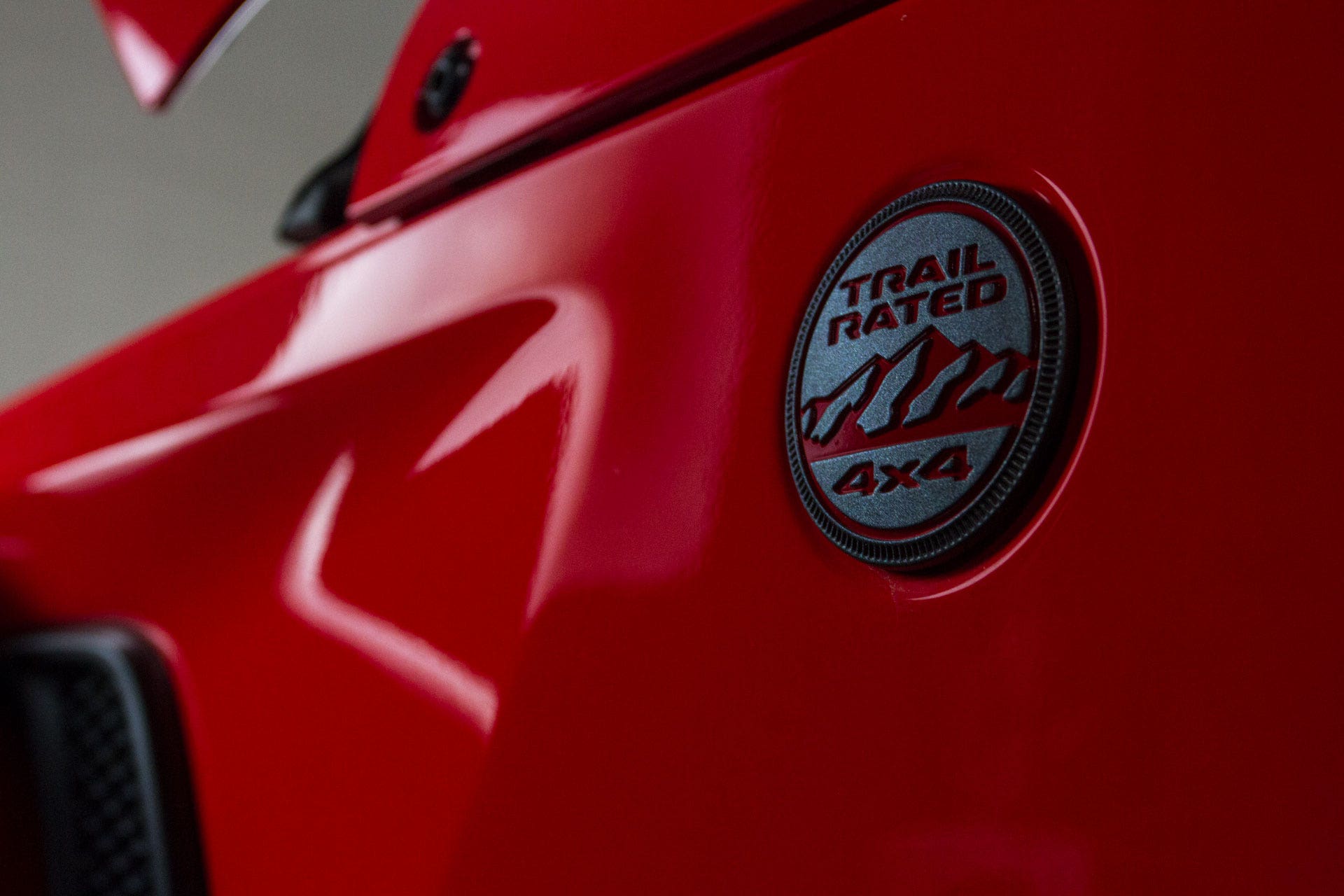
In the last post, we looked at the stock intake and discussed why you might want to add a snorkel, even if you're not fording four feet of water. To recap, we explained that your JL's intake utilizes a fresh-air inlet in the fender area to pull in cooler outside air and a filter that captures particles as small as 5 microns to clean that air. However, dust on the trail can be as small as 0.2 microns, and that fresh-air inlet is at the perfect height to pull in every ounce of dust your friends kick up on the trail. As your engine air filter becomes saturated with dirt and debris, its flow performance diminishes rapidly. A dirty filter can suck as much as 10% of your engine's power. To solve this issue, we're working on a snorkel to raise the fresh-air inlet safely into clean air at the JL's roof level. In this post, we'll look at our design process.

The first step in designing any quality part is to measure the stock vehicle carefully. Given the complexity of both the JL's airbox and its body panels, we bypassed the tape measurer and headed directly to our 3D scanner. If you've followed any of our other development posts, you may know that our 3D scanner is an invaluable tool for generating exacting models of intricate geometries. Our engineer started by scanning the hood and fender area on the passenger side of the Wrangler, where the airbox resides. She also captured the inside of the hood and the stock lower airbox. Those scans yielded 3D models that we could use to test-fit a digital model of our snorkel.

We planned to take a direct route from the airbox fresh-air inlet to the roof of the Wrangler, but there was one undeniable obstacle in our way: the hood. Our options for bypassing the hood were limited. We could devise a snorkel that exits from the rain cowl and requires no body modifications, or we could take a more direct path that requires notching the hood. We're always hesitant to ask our customers to make permanent modifications to their vehicles, but in this case, we think it's the best choice.

When we looked at routing the snorkel out of the rain cowl, we uncovered several issues. First, fitting a tube from the airbox to the firewall would mean more piping under the hood, which would have to avoid other components. The JL's engine bay is already cramped, so any under-hood parts would be intricate, and intricate equals more expensive. The other downside of a cowl-exit design relates to performance. The extra tube length, combined with tight space under the hood, would result in a very restrictive snorkel. Since the objective of a snorkel is to preserve power by keeping the intake clean, introducing more restrictions defeats the purpose.
In the end, we chose to keep the design as simple as possible. We'll reuse the stock lower airbox (which will also allow you to use our performance intake) and connect our snorkel to the existing fresh-air inlet. From there, we'll make a cutout in the hood to pass the snorkel body through. Getting the snorkel out of the engine bay as quickly as possible will allow us to make the snorkel larger and reduce restrictions, as well as keep the intake air cooler. The snorkel will be capped off by a custom inlet with a screen to prevent large debris from entering the intake. We'll also make the top of the snorkel compatible with widely available pre-filters for an added level of filtering when needed.
Of course, we'll need to seal the hood cutout against the snorkel. To do so, we designed a rubber bezel that closes off the hood and prevents dust and water intrusion into the engine bay. A second rubber component will connect the snorkel to the stock lower airbox for another dust and water-tight seal. Four 2.5mm-thick steel brackets will bolt into existing holes in the body and support the snorkel without any additional modifications.
Even with a "simple" approach, there are still many intricate details in this snorkel design that we need to finalize before moving into production. The best way to make sure all of our components come together in the real world is to create prototypes and test fit them on a vehicle. That means cutting a hole in the hood of our JL, but if we're asking our customers to do it, we should be willing to do it too. In the next post, we'll begin making prototypes of our JL Wrangler snorkel components, try new methods for creating those prototypes, and hope that the adage, "measure twice, cut once," holds.
Thanks for reading,
-Steve




